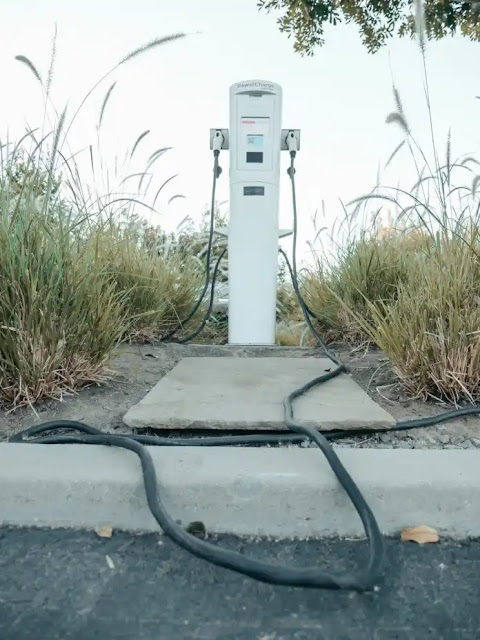LITHIUM BATTERY SYSTEM DESIGN
Lithium battery system design is a highly interdisciplinary topic that requires qualified designers. Best practices outlined in IEEE, Navy, NASA, and Department of Defense publications should be followed. Battery selection, protection, life, charging design, electric control systems, energy balance of the system, and warning labels are examples of topics that require thoughtful consideration. Systems designed for mobile applications should apply best practices to ensure appropriate safeguards are in place. Designs should include a hazard assessment that identifies health, physical and environmental hazards, with all hazards appropriately mitigated through engineering and administrative controls. Examples of baseline criteria for system design include:
• Failure scenarios, including thermal runaway should be considered during design and testing so that a failure is not catastrophic.
Maintain cells at manufacturers’ recommended operating temperatures during charging or discharging.
• Practice electrical safety procedures for high capacity battery packs (50V or greater) that present electrical shock and arc hazards. Use personal protective equipment (PPE) and insulate or protect exposed conductors and terminals.


